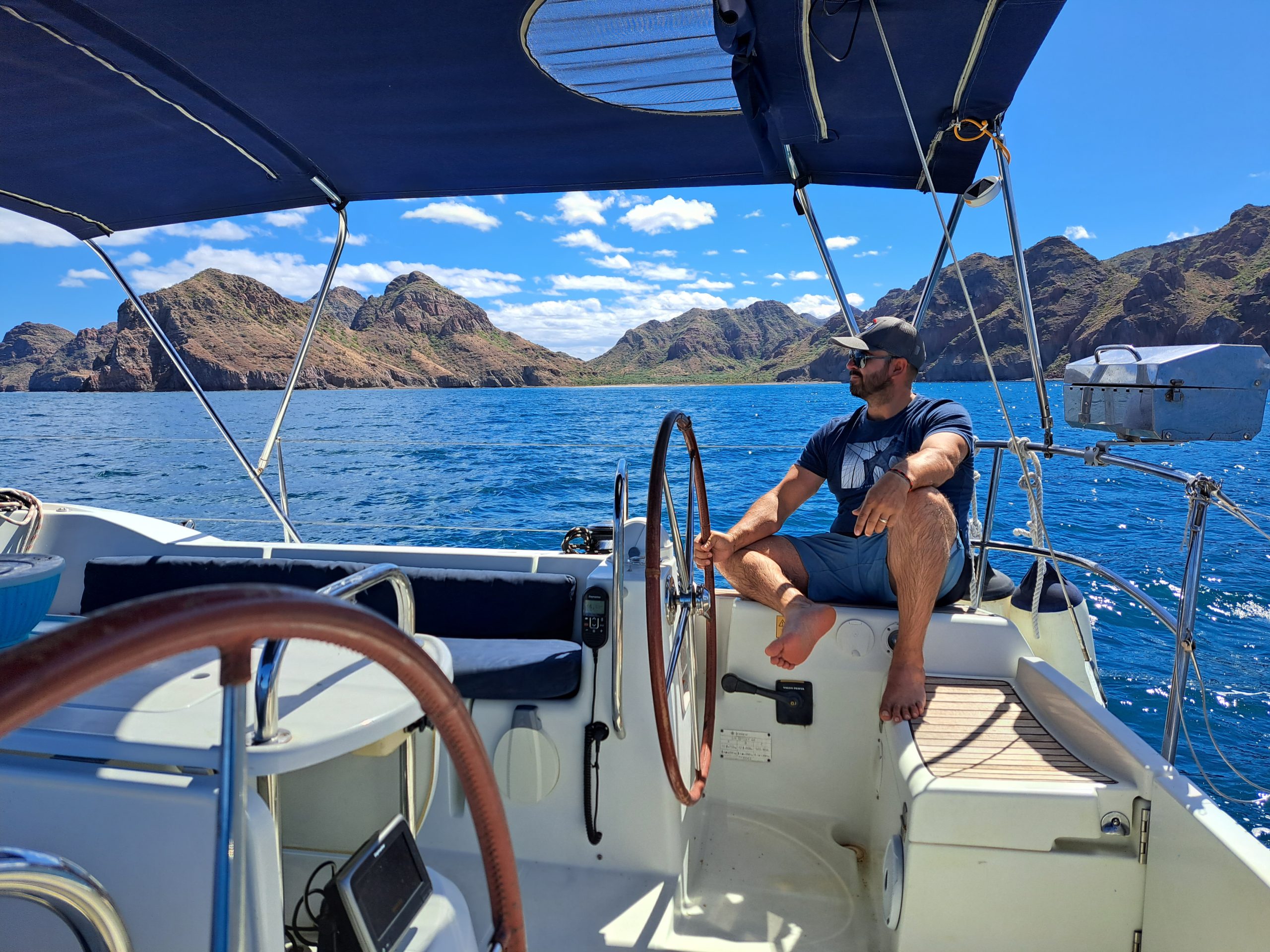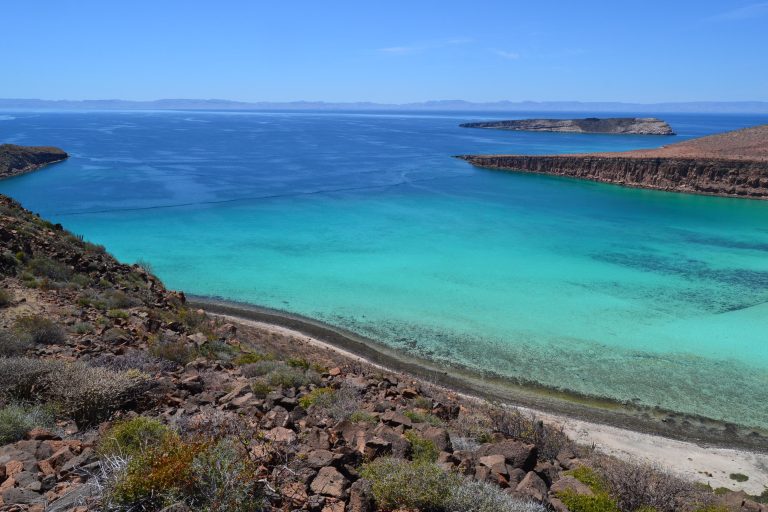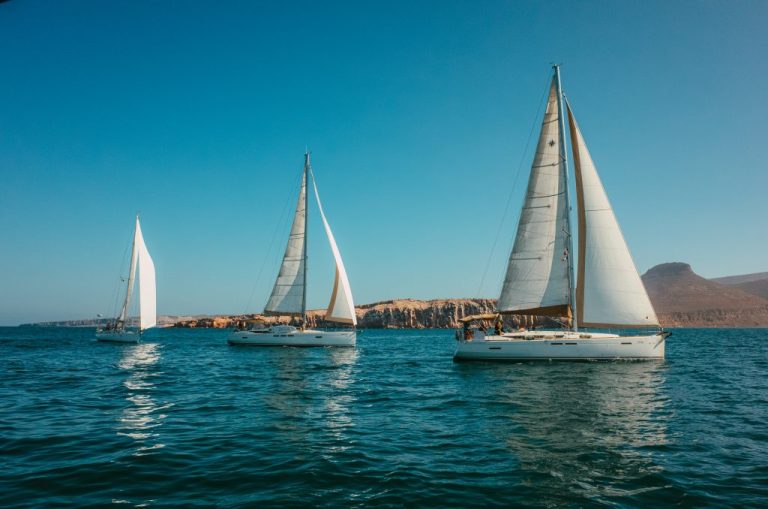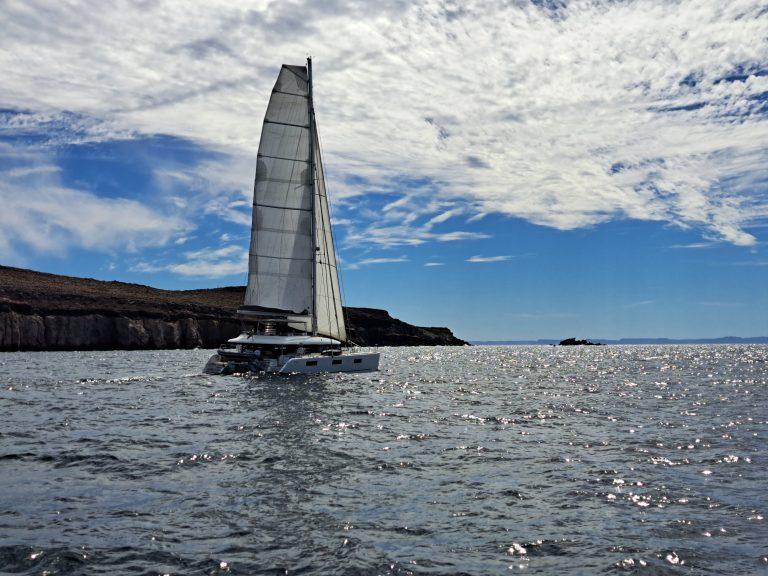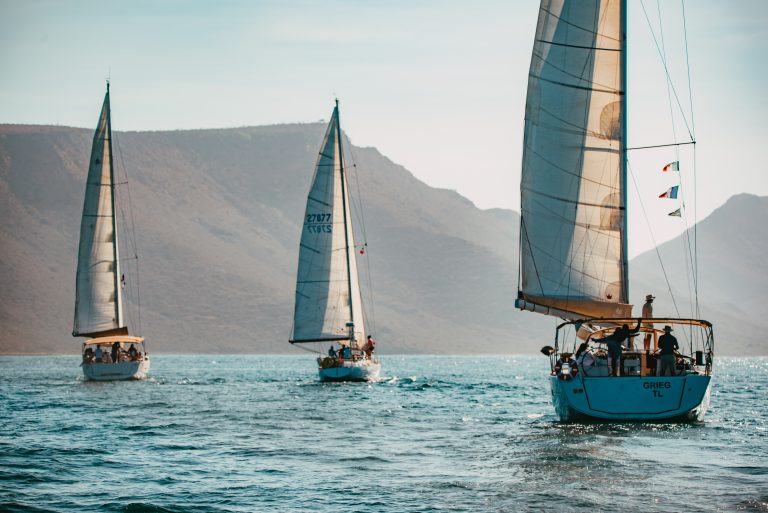Learn to Sail on Your Own Yacht — Catamaran or Monohull, Anywhere in the World
Introduction
Owning a yacht changes how you learn to sail: training on your own boat lets instruction focus on your systems, gear and sailing goals. Sail in Mexico offers tailored, on‑board sail training for private yacht owners — catamarans and monohulls — anywhere you choose: from La Paz and the Sea of Cortez to the Caribbean, Mediterranean, Andaman Islands, North Sea or elsewhere. We train owners and crews for practical confidence: safe sail handling, navigation, watchkeeping, passage planning, anchoring in local conditions, and emergency procedures — all delivered on the boat you’ll keep using after the course. This post explains the benefits of training on your own yacht, how we tailor lessons, typical training modules, safety and certification options, logistics and costs, and how to book.
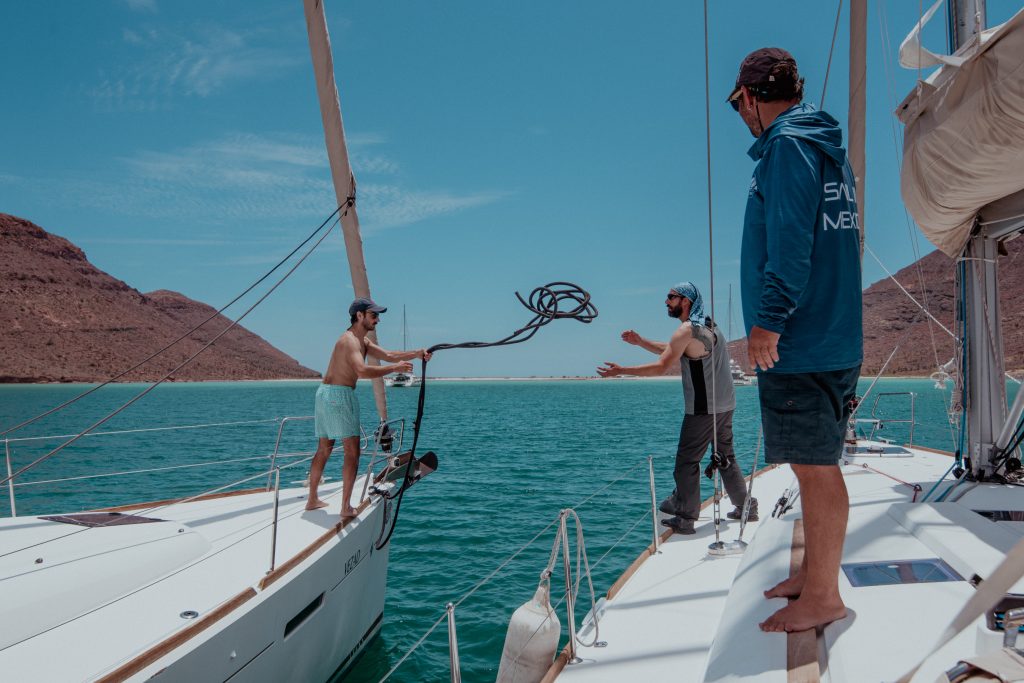
1. Why train on your own yacht?
Training on your own boat accelerates learning because lessons are immediately relevant. Instructors work with your rigging, sail plan, engine systems, electronics, and layout — not a generic classroom or unfamiliar charter boat. This yields faster skill transfer and better retention: when you return to the helm after training, you’ll know exactly where lines, clutches and switches are, how your boat behaves, and how to solve common problems specific to your vessel.
Other key benefits:
- Custom systems training: autopilot, chartplotter, VHF, wind instruments, fuel and electrical systems.
- Familiarity with emergency gear and locations: life raft stowage, fire extinguishers, bilge pumps.
- Tailored routes and local practice: tidal currents, anchorages and weather patterns for the cruising area.
- Crew-focused coaching: train your regular crew or family in a controlled, realistic setting.
- Minimal disruption: no need to travel to a training base or rent a different boat.
Who can benefit:
- New yacht owners who want confident skippering skills.
- Experienced sailors switching platforms (monohull↔catamaran) who need platform-specific handling.
- Owners preparing for a major passage or delivery.
- Families and regular crews who need consistent, practical instruction.
- Owners wanting certification or accreditation tied to their boat systems.
2. Typical training modules
We tailor each program to the owner’s priorities. Common modules include:
- Boat systems and familiarization — engines, fuel systems, batteries, chargers, plumbing, and sail handling gear specific to your boat.
- Sail handling and sailing techniques — hoisting, trimming, reefing, sail changes, sail care, and understanding how your yacht performs on different points of sail. For catamarans we include bridgedeck load awareness and pitching behavior; for monohulls we emphasize heel management, sail shape and balancing helm.
- Navigation and passage planning — chartplotter use, paper backup, waypoint planning, tide and current planning, night passages and collision avoidance.
- Docking, close-quarters handling and anchoring — single-engine docking techniques, twin-engine maneuvers for cats, anchor scope and setting in local seabeds.
- Watchkeeping and crew resource management — watch rotations, fatigue management, delegation and onboard routines for multi-day passages.
- Emergency procedures and drills — man-overboard recovery, engine failure, heavy-weather sail plans, and abandon-ship protocols.
- Systems troubleshooting and basic maintenance — common engine, electrical and rigging checks to keep your yacht sea-ready.
3. Delivery formats and durations
Programs run from one-day familiarization sessions to week-long intensive courses or multi-week passage training. We can deliver:
- Short familiarization: 1–2 days to get you and your crew confident with systems and basic handling.
- Weekend skills boost: focused on sail handling, docking and anchoring.
- Offshore readiness: multi-day liveaboard training with night passages and extended watch practice.
- Delivery and passage training: instructor joins for a planned cruise or relocation trip, coaching during real-world passages.
All programs are fully tailored to your schedule and cruising area. We can combine on‑board training with shore‑based briefings, written checklists and follow-up coaching.
4. Certification and recognition
If you want formal certification, we can align training with ISSA syllabi and provide signed competency logs on completion. Certification options depend on region and owner goals — from practical endorsements to full-day exam-style assessments. Even without formal certificates, the competency-based approach gives demonstrable proof of skills and a documented log for insurers or future buyers.
5. Logistics, safety and insurance
We handle instructor travel, berth arrangements, and comply with local regulations. Before training we perform a boat systems checklist and safety audit, and recommend any minor upgrades to meet training goals (e.g., new lifejackets, jacklines, or basic toolkits). Instructors carry professional indemnity and relevant certifications; we recommend confirming coverage with your insurer for on-board training and adding the instructor to your temporary crew list. Safety is priority: if weather or local conditions make a planned exercise unsafe, we modify the agenda.
6. How to book and next steps
Tell us your boat type, home base, preferred dates, crew experience and training priorities. We’ll propose a tailored syllabus, instructor profile and quote that fits your schedule. On confirmation we send a pre-course checklist, suggested provisioning, and a systems questionnaire so the instructor arrives ready to focus on practice rather than setup. Book a consultation to discuss destinations—Mexico, Caribbean, Mediterranean, Andaman or North Sea—and get a customized training plan.
Conclusion
Learning to sail on your own yacht is the fastest route to confident skippering and safer cruising. Training on the platform you’ll use means immediately applicable skills, tailored systems knowledge, and better crew coordination. Whether you own a catamaran or monohull, in Mexico or overseas, Sail in Mexico can create a program that fits your schedule and goals. Contact us to plan a training session on your boat.
Ready to train on your own yacht? Share your boat details and preferred location and we’ll draft a tailored syllabus and quote. Contact us for a free consultation, instructor CVs, and recent sample syllabi for your boat type and destination.

